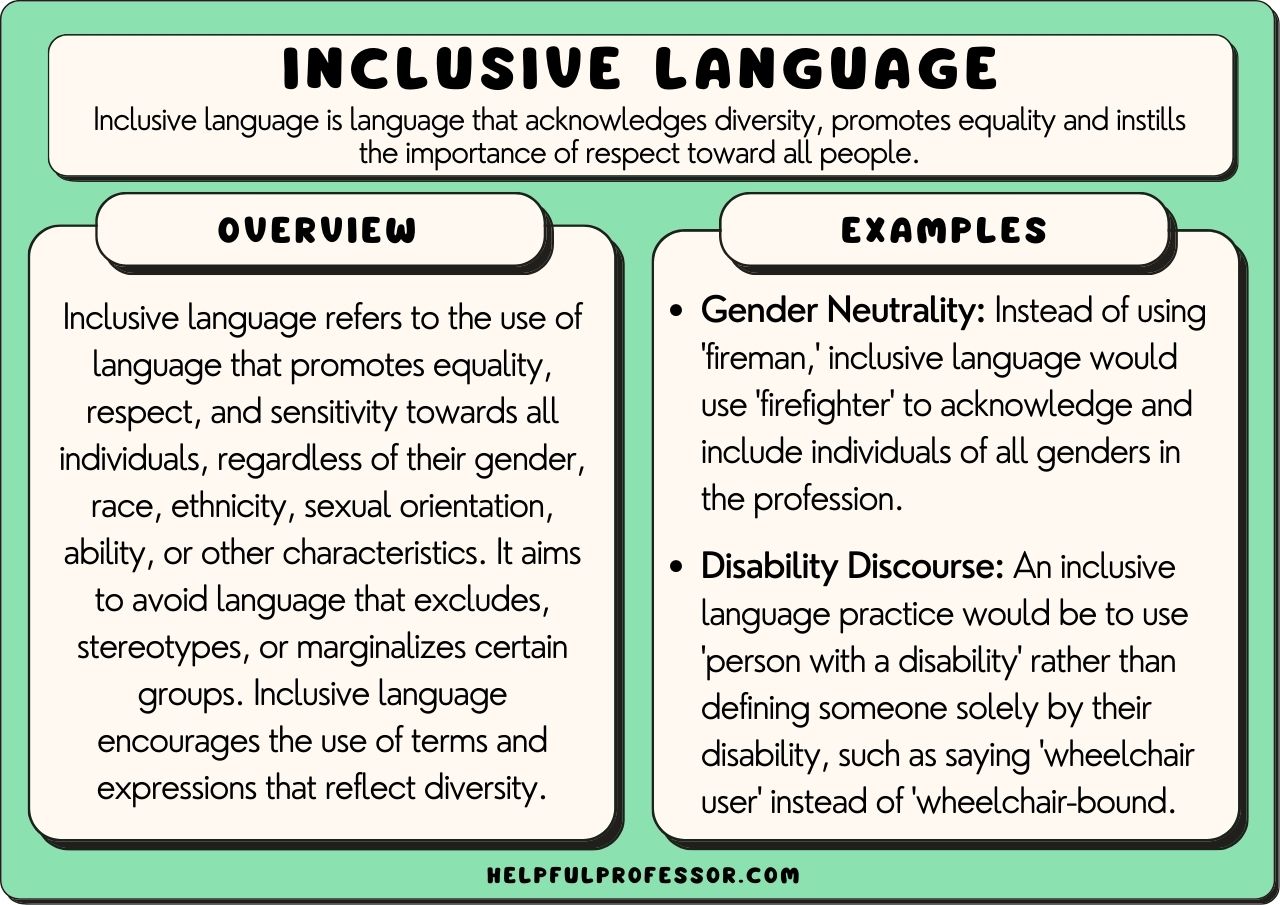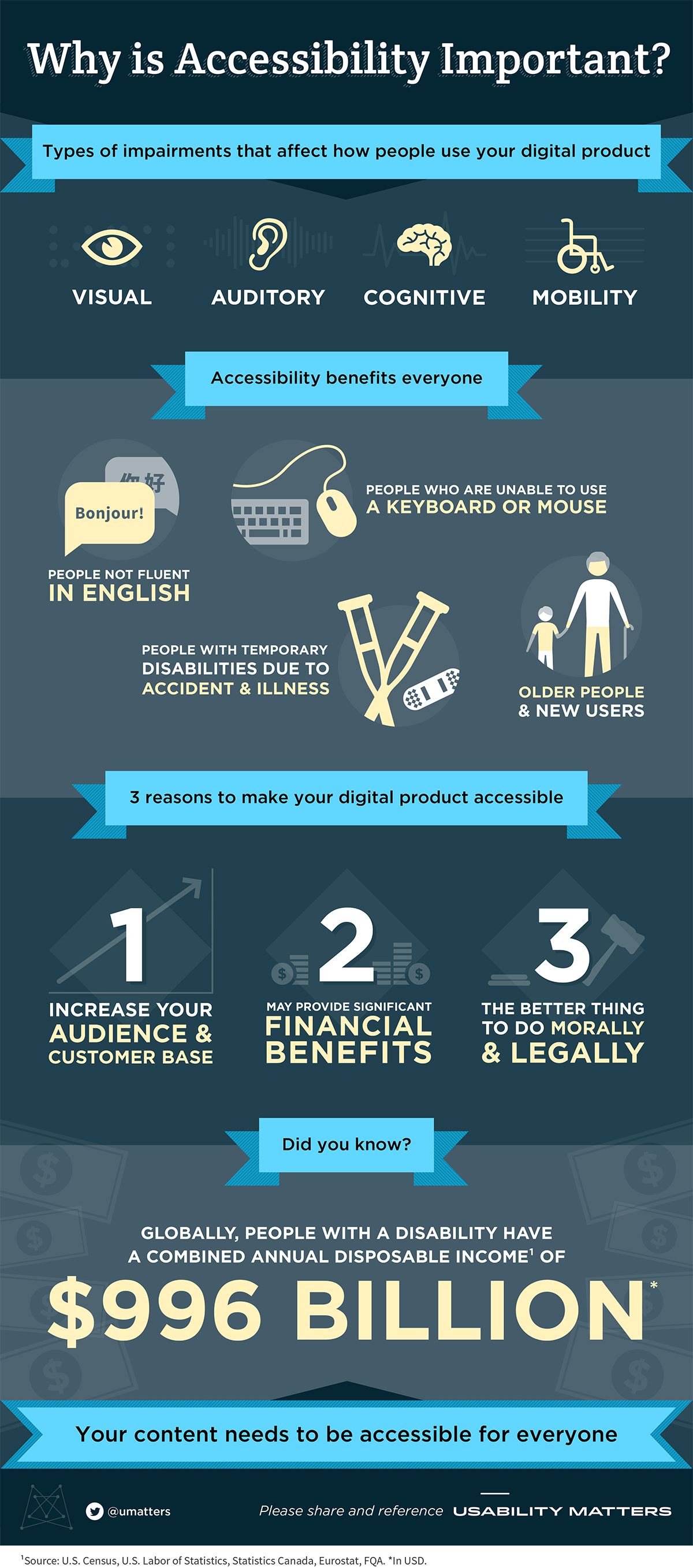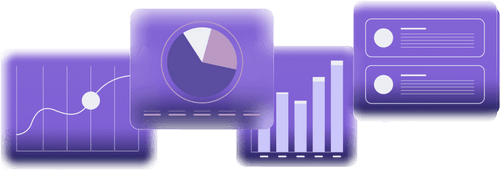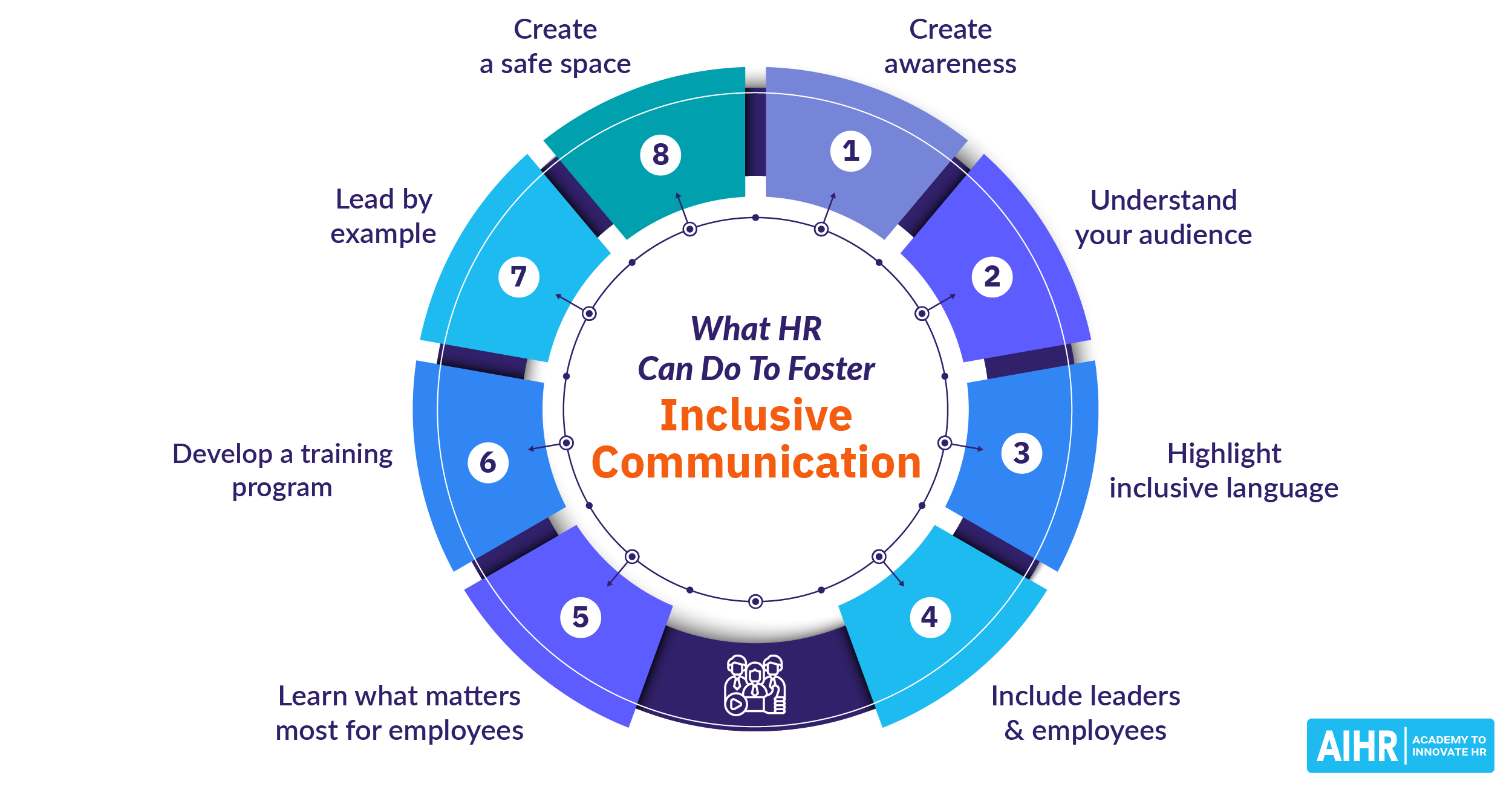
In today’s digital landscape, audiences are more diverse than ever. From different cultural backgrounds to varying abilities, gender identities, and life experiences, the need for inclusive content has never been more critical. As organizations strive to connect with a broader audience, they must ensure that their messaging, visuals, and tone of voice reflect this diversity in an authentic and respectful way.
This article explores the importance of creating inclusive content, how it impacts engagement and trust, and provides actionable steps to help you craft content that resonates with all your audiences. Whether you’re managing a nonprofit, a corporate website, or a brand’s social media presence, inclusivity is not just a trend—it’s a necessity.
What Is Inclusive Content and Why It Matters
Inclusive content refers to any form of communication—written, visual, or audio—that is designed to be accessible, respectful, and representative of all individuals, regardless of their background, identity, or experience. It goes beyond surface-level diversity by actively avoiding stereotypes, biases, and assumptions that may alienate certain groups.
In the context of SEO and content marketing, inclusive content plays a vital role in improving user experience, increasing engagement, and building long-term trust with your audience. Search engines like Google also prioritize content that aligns with E-E-A-T (Experience, Expertise, Authoritativeness, Trustworthiness), which means inclusive content can enhance your site’s visibility and credibility.
According to research, 71% of consumers prefer brands that align with their values, including diversity and inclusion. This statistic underscores the growing demand for content that reflects the real world—where people from all walks of life feel seen, heard, and valued.
How Inclusive Content Impacts SEO Performance
Inclusive content isn’t just about being socially responsible; it directly affects your SEO performance in several ways:
- Improved User Engagement: When users see themselves represented in your content, they’re more likely to engage, share, and return. Higher engagement signals to search engines that your content is valuable and relevant.
- Increased Dwell Time: Inclusive content often leads to longer time spent on page, which is a strong indicator of quality content. Search engines favor pages that keep users engaged.
- Better Brand Trust: Trust is a key factor in both user behavior and search rankings. Brands that consistently show inclusivity build stronger relationships with their audience, leading to higher conversion rates and better organic traffic.
- Broader Reach: By avoiding exclusionary language and imagery, you open your content to a wider audience. This increases the potential for viral sharing and word-of-mouth promotion.
For example, using gender-neutral language instead of binary terms can make your content more appealing to a broader demographic. Similarly, ensuring your images represent a variety of body types, ethnicities, and abilities can significantly improve your content’s relatability and reach.
Step-by-Step Implementation Framework
Creating inclusive content requires a thoughtful, intentional approach. Here’s a step-by-step framework to help you get started:
1. Define or Audit the Current Situation
Begin by assessing your existing content. Are your images and language representative of your audience? Do your headlines and calls to action speak to a wide range of readers?
Use tools like Google Lighthouse or WAVE to audit your website’s accessibility. Also, conduct a content review to identify any biased language, stereotypes, or assumptions that may be present.
2. Apply Tools, Methods, or Tactics
Once you’ve identified areas for improvement, implement strategies to make your content more inclusive:
- Use Inclusive Language: Replace gendered or exclusionary terms with neutral alternatives. For example, use “they” instead of “he or she,” and “parent” instead of “mother or father.”
- Diversify Imagery: Ensure that your visuals reflect a wide range of ages, ethnicities, abilities, and gender identities. Avoid clichés or outdated stereotypes.
- Simplify Jargon: Avoid overly technical language unless it’s necessary. Explain complex terms clearly to ensure all readers can understand your message.
- Implement Accessibility Features: Add alt text to images, provide transcripts for videos, and ensure your site is navigable via keyboard and screen readers.
3. Measure, Analyze, and Optimize
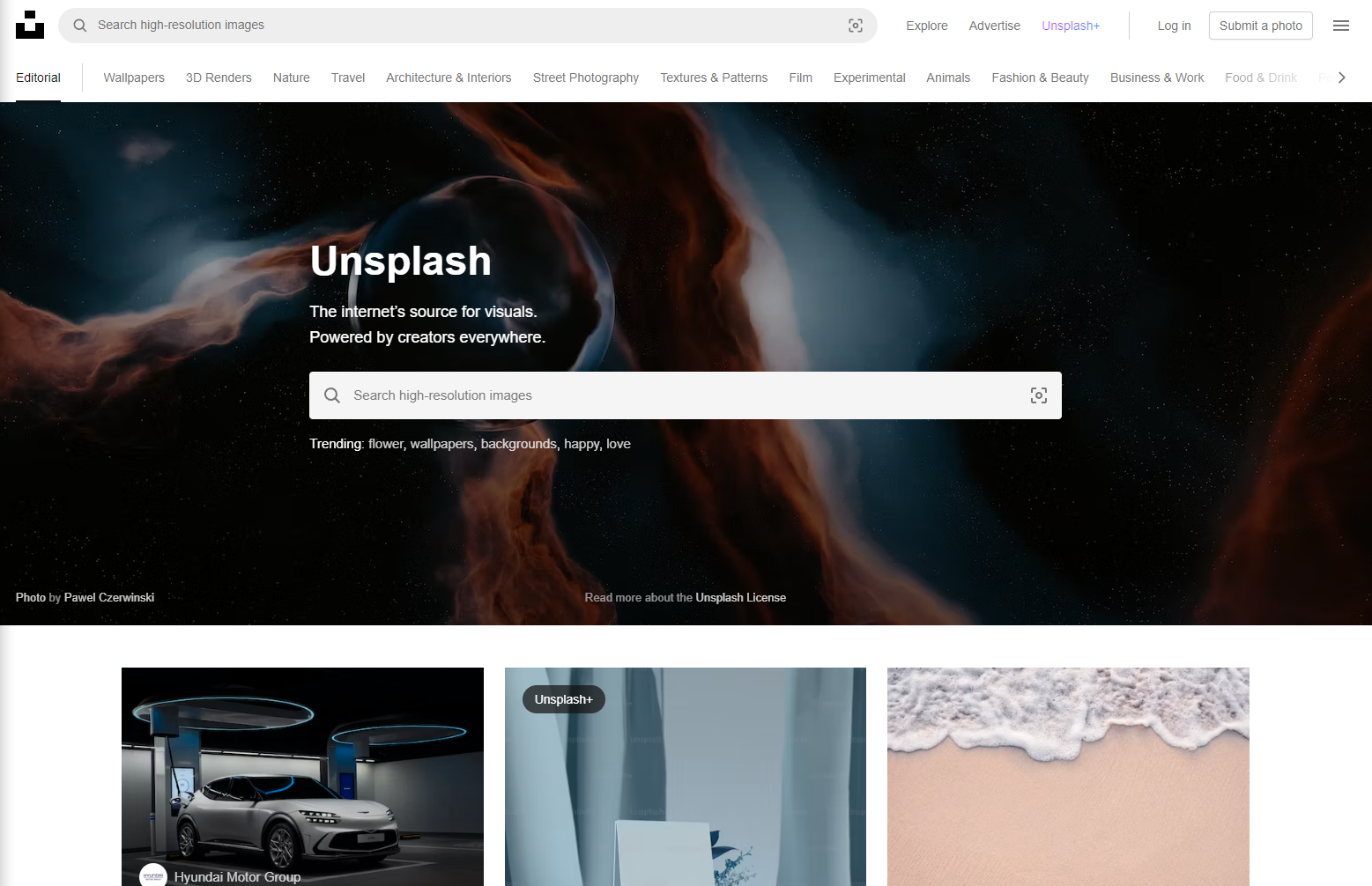
Track the impact of your changes using analytics tools like Google Analytics or Hotjar. Look at metrics such as bounce rate, time on page, and engagement levels. Conduct surveys or focus groups to gather direct feedback from your audience.
Regularly update your content based on new insights and changing trends. Inclusivity is not a one-time task but an ongoing commitment.
Real or Hypothetical Case Study
Let’s take a look at a hypothetical case study involving a nonprofit organization focused on education. The organization had previously used generic language and images that didn’t reflect the diversity of its student base. After implementing an inclusive content strategy, they saw a significant increase in engagement and donations.
By replacing terms like “young people” with “students” and using images that showed a range of ethnicities and abilities, the organization created a more welcoming and relatable brand image. They also added alt text to all images and ensured their website was fully accessible.
As a result, their website traffic increased by 35%, and their email open rates improved by 20%. More importantly, members reported feeling more connected to the organization and were more likely to recommend it to others.
Tools and Techniques for Inclusive Content
Several tools can help you create more inclusive content:
- Grammarly: Helps identify and correct biased language.
- AccessiBe: A tool that helps improve website accessibility for users with disabilities.
- Canva: Offers templates and stock images that promote diversity and inclusion.
- Google Lighthouse: Assesses website accessibility and provides actionable recommendations.
- Kanopi Studios’ Guide to Inclusive Content Strategies: A comprehensive resource for best practices in inclusive design.
Future Trends and AI Implications

As AI continues to shape the future of content creation, inclusivity will become even more important. AI-powered tools can now analyze language patterns, detect bias, and suggest more inclusive alternatives. However, these tools are only as good as the data they’re trained on, so human oversight remains crucial.
Future trends in inclusive content may include:
- AI-Driven Personalization: Algorithms that tailor content to individual preferences while maintaining inclusivity.
- Multimodal Content: Content that combines text, images, and audio to cater to different learning styles and abilities.
- Voice and Speech Recognition: Ensuring that AI systems recognize and respond to diverse accents and speech patterns.
To stay ahead, organizations should invest in training their teams on inclusive practices and regularly evaluate their content through an equity lens.
Key Takeaways
- Inclusive content is essential for reaching a diverse audience and building trust.
- Use inclusive language, diversify imagery, and simplify jargon to make your content more accessible.
- Audit your current content and continuously refine it based on feedback and analytics.
- Leverage tools like Grammarly, Canva, and Google Lighthouse to support your efforts.
- Stay informed about emerging trends in AI and content creation to maintain relevance and impact.
By embracing inclusivity, you not only create a more welcoming environment for your audience but also position your brand as a leader in ethical and effective content marketing.
Meta Title: How to Create Inclusive Content That Resonates with Diverse Audiences
Meta Description: Learn how to craft inclusive content that connects with diverse audiences, boosts engagement, and enhances your brand’s reputation.
SEO Tags (5): inclusive content, diversity in content, inclusive language, digital inclusivity, accessible content
Internal Link Suggestions: Parameter #12: Website Accessibility, Parameter #18: Inclusive Language Practices, Parameter #23: Digital Strategy Best Practices
External Source Suggestions:
– https://www.w3.org/WAI/ – Web Content Accessibility Guidelines
– https://www.kanopistudios.com/blog/inclusive-content-strategies – Kanopi Studios’ Guide to Inclusive Content
– https://www.forbes.com/sites/forbescommunicationscouncil/2021/06/29/the-power-of-inclusive-imaging/ – Forbes on Inclusive Imagery
